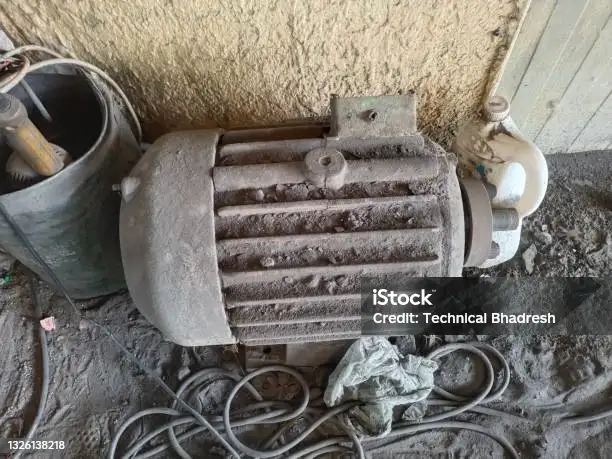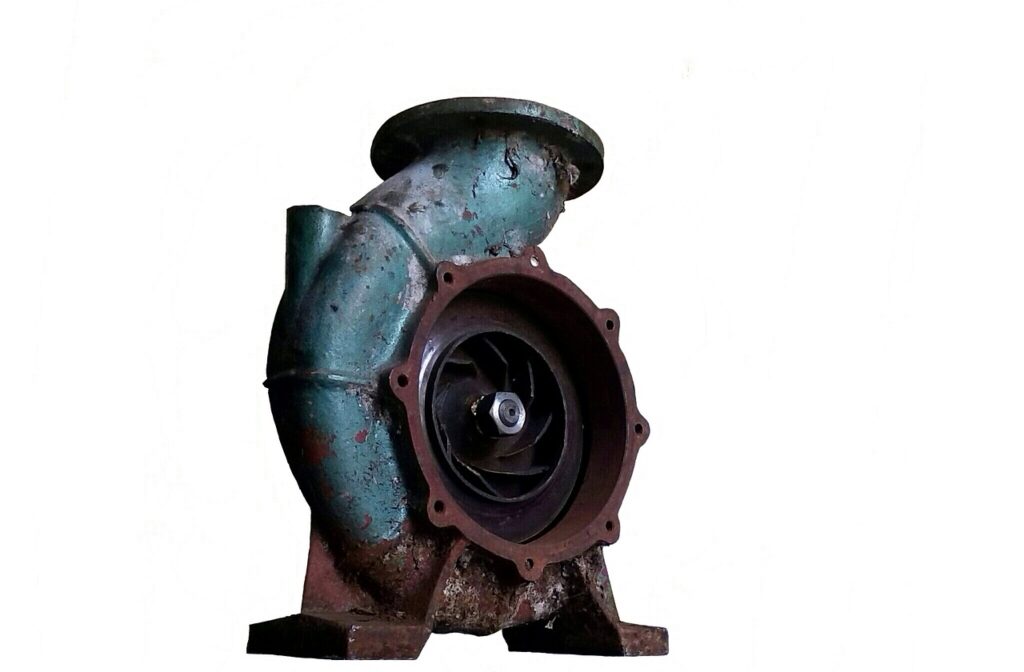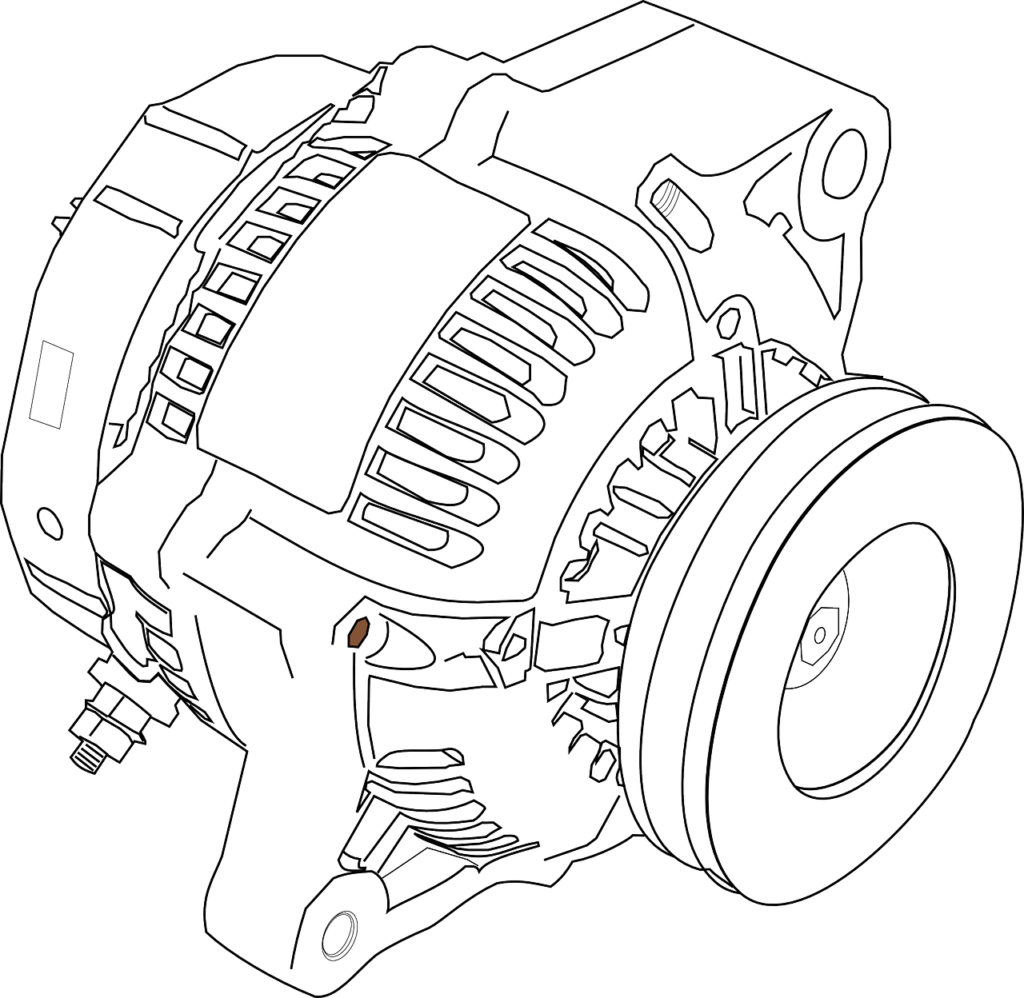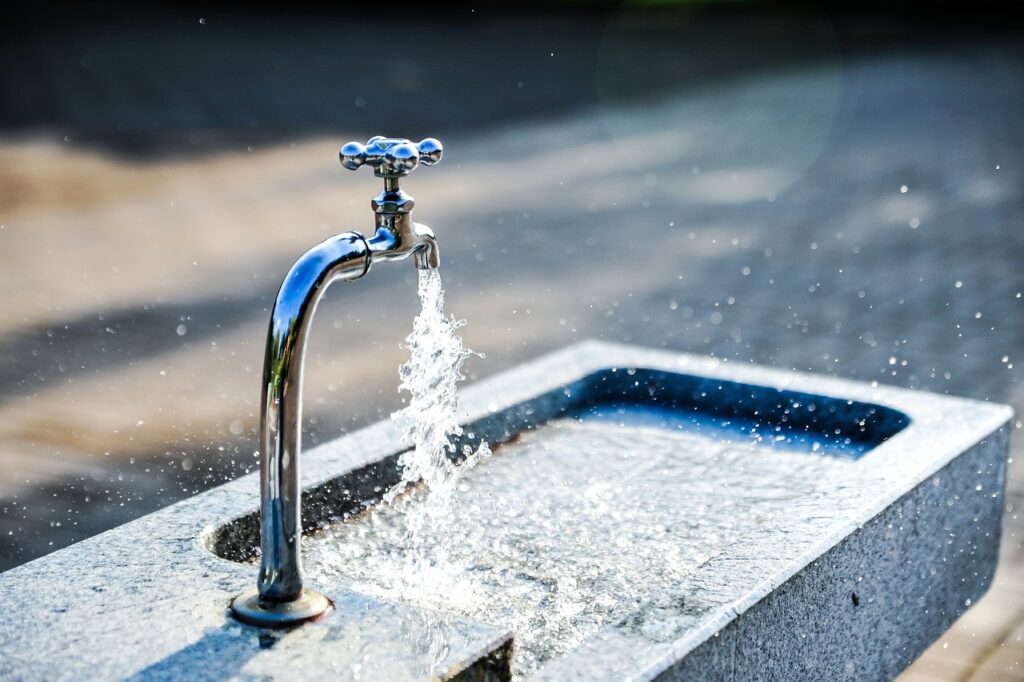What is the physics behind how a water motor works?
It might be surprising, because we all know water is the most destructive natural element. From the whirling rapids of the Upper Falls to the stunning plunge of the Lower Falls to the bejeweled cascades of the Grand Canyon of the Yellowstone, we witness its strength and beauty in myriad forms and ways every single day. What you may not have realized, though, is that this same energy can be used to power heavy equipment. This is the sweet spot that the idea of a regenerative water motor occupies.
A water wheel, or water motor, is a simple device widely employed for the past several centuries to convert the energy of moving or falling water into mechanical power. That mechanical energy is then used to accomplish useful things like turning a wheel, driving a generator or pumping water. It’s all very science-y and physics-y, and in this blog we’re going to break it down into very basic, simple-to-understand terms so it’s accessible to everyone.

What Is a Water Motor?
A water motor is sometimes called a hydraulic motor or water turbine. A water motor is a machine that converts the motion of water into work. A water motor is conceptually similar to a windmill, which can be thought of as a water motor employing water instead of wind to spin the blades.
Water motors can be found in:
Small farms (for pumping water or grinding grain)
Remote villages (for generating electricity)
Dams (for large-scale energy production)
Water wheels in mills (in historical contexts)
What is the physics behind how a water motor works?
The Core Principle: Energy Conversion
There is one principle of physics which governs water motor operation:
The Law of Conservation of Energy:
This law states that energy can neither be created nor destroyed – it can only be transformed from one state to another.
In the case of water motor:
Water is stored at a height has potential energy (in a dam, elevated tank, etc).
When the water begins to flow downward there is kinetic energy (the energy of motion)
The moving water strikes some blades or paddles on the motor.
The motor then transforms kinetic energy of the water into mechanical energy – the energy to engage wheels or machine.
Parts of a Simple Water Motor
A basic water motor consists of:
1. Water Source –
A stream, river, or storage tank provides the flowing water.
2. Intake Pipe or Channel –
Guides water to the motor.
3. Turbine or Rotor –
The spinning part that water hits.
4. Shaft –
Connected to the rotor, it spins as the rotor spins.
5. Outlet –
Allows water to flow out after doing its job.
6. Connected Load –
A pump, grain grinder, generator, or other machine attached to the shaft.
How It Works: Step-by-Step
1. Water is Either Stored or Flowing Naturally
Consider water stored in a tank on a hill or flowing in a river. Water has potential energy because of gravity.
2. Water is Directed toward the Motor
Water is directed toward the motor through a pipe or open channel. As it falls or flows, gravity is converting its potential energy into kinetic energy.
3. Water Strikes the Blades
When water strikes the blades or cups of a turbine, it has kinetic energy. As it strikes the blades it pushes on the turbine blades and causes a rotation.
This is an example of Newton’s Third Law of Motion:
For every action, there is an equal but opposite reaction.
When water strikes the blade it pushes the blade and the blade pushes back and hence causes rotation.
4. The Turbine Rotation Spins the Shaft
The shaft that spins with the turbine also starts to spin. The shaft is called the rotor in an electric generator. There is mechanical energy in the rotation of the shaft and turbine, and that mechanical energy can be used to do work.
5. Work is Done with the Mechanical Energy
The rotating shaft could:
Pump more water
Grind grains
Turn an electric generator to make electricity
The best part is, it all comes from water, moving water, with no fuel and no pollution!

Types of Water Motors
1. Water Wheel
One of the oldest types.
Big paddles mounted on a wheel.
Water flows over or under the paddles.
Common in old mills.
2. Pelton Wheel
A high-speed wheel with spoon-shaped cups.
Used when water comes from a high height (high pressure).
Common in hydroelectric dams.
3. Francis Turbine
Water comes in from the side and leaves down below.
Efficient at medium heads (height).
Used in large-scale power stations.
4. Kaplan Turbine
A propeller.
Works very well with high volume and low pressure.
All of these follow the same basic physics that converts water’s kinetic energy to mechanical energy.

Examples of Applications
Micro Hydro Systems –
Water motors on a small scale are used in villages where basic power is easily supplied.
Irrigation pumps –
Water motors that can pump water from rivers to fields.
Renewable Energy –
Dams that will run water turbines to create renewable power.
Off-Grid Systems –
Water motors are applied toward sustainable living at remote homes or cabins.
Benefits of Water Motors
Environmental Benefits –
Does not do any damage to the environment because it does not burn any fossil fuels, and will not emit anything in the water or air.
Renewable –
As long as there is flowing water, water motors will always work.
Simple –
Water motors are relatively simple to design, and relatively simple to maintain.
Affordable –
In particular, if you live in a rural, or remote, area.
Challenges:
Relying on Moving Water --
Drought or seasonal conditions can incapacitate the system
Initial Development --
There is planning and labor involved in making the system
Location --
There must be a dependable reliable source of water, and some elevation
A simple example: A water motor for a farm
Consider a small farm – on a hill, having a stream nearby.
The farmer builds a small tank to reserve water.
A pipe runs from the tank downslope to a small turbine.
The water flowing down turns the turbine.
The turbine spins a small pump.
The pump sucks water from the stream for irrigating fields.
That is a working water motor system – gravity, water, and the laws of physics all work in concert.

Conclusion
Water motors represent a wonderful example of utilizing nature to provide for our needs. Based on simple physics—primarily energy transformation—these systems assist us in converting the energy from the moving water into useful mechanical work. Whether we need to grind some grain in a mill or generate electricity in a dam, water motors are powerful, sustainable, and inspiring.
By know-how the physics behind how water motors function, we appreciate not only the science, but also how nature and technology report each other.
Frequently Asked Questions:
Q1: Can a water motor supply power?
Ans-Yes! Using the rotating shaft in conjunction with a generator can create power. This is how hydroelectric dams work.
Q2: Is a water motor the same as a water pump?
Ans-Not really! A water motor provides motion using water. A water pump needs motion to move water though, you can use a water motor for a pump.
Q3: How much water does a water motor need?
Ans-It depends on the size and application. Small systems could need only a few liters per second and large systems will need more.
Q4: Can I build one at home?
Ans-Yes! Small, DIY water motors can be simply built from plastic bottles, spoons, and toy motors. They are excellent for education purposes. Larger systems would need to be engineered correctly and checked for safety purposes.
Q5: Are water motors sustainable?
Ans-Yes. So long as water resources are managed sustainably, a water motor can be a long-term sustainable energy solution.
